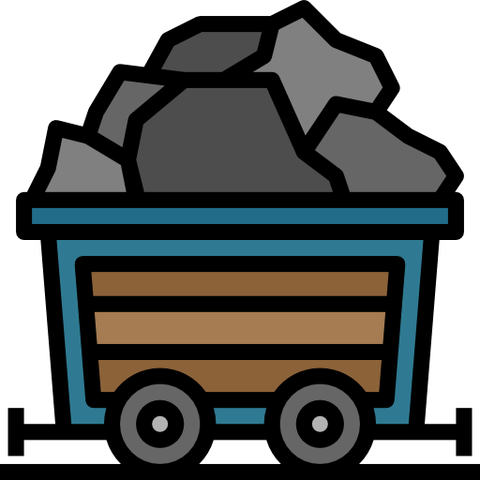REGIONAL FOCUS
Mapping South Australia’s big mines and new projects
South Australia is home to a number of massive mining operations, from significant uranium projects to the world’s largest zircon mine. The state also boasts a number of exciting new mining developments, including a project that aims to be the world’s largest graphite mine. JP Casey maps out the established projects and those on the horizon.


More than half of the country’s coal mines are managed by pro-Russian separatist militia.
Credit: DmyTo/Shutterstock.





